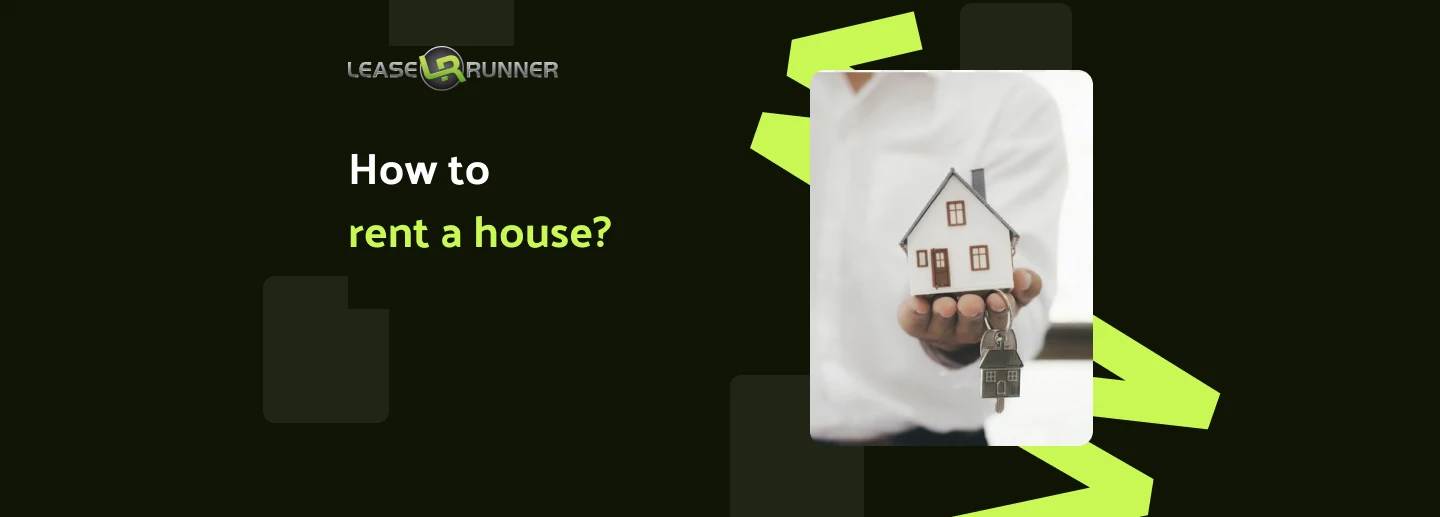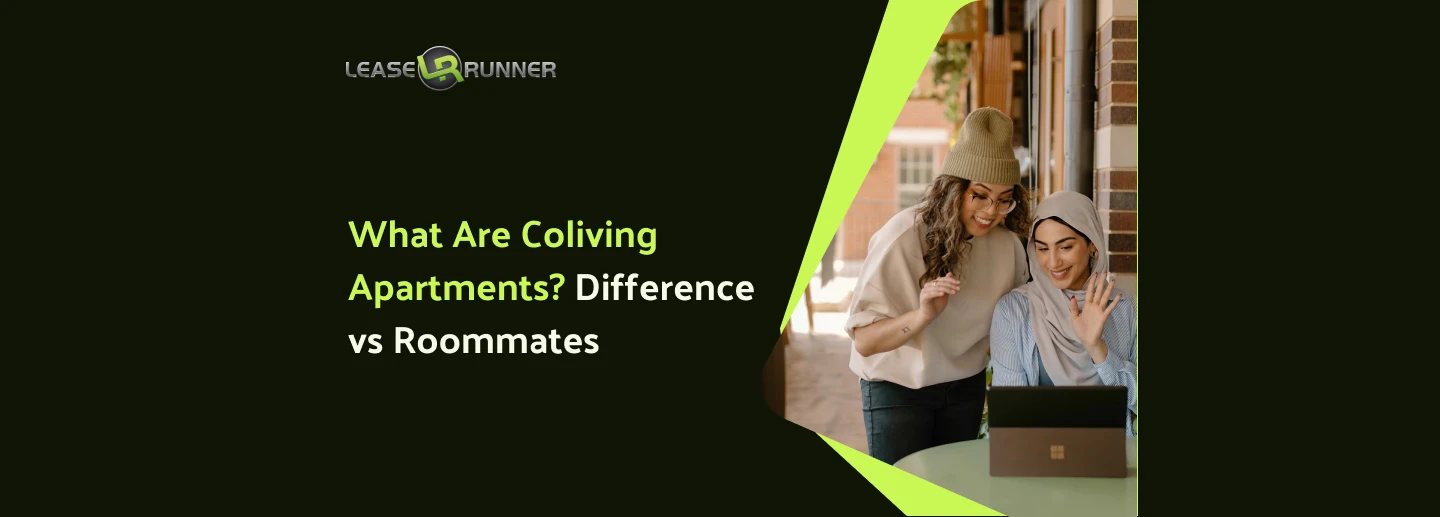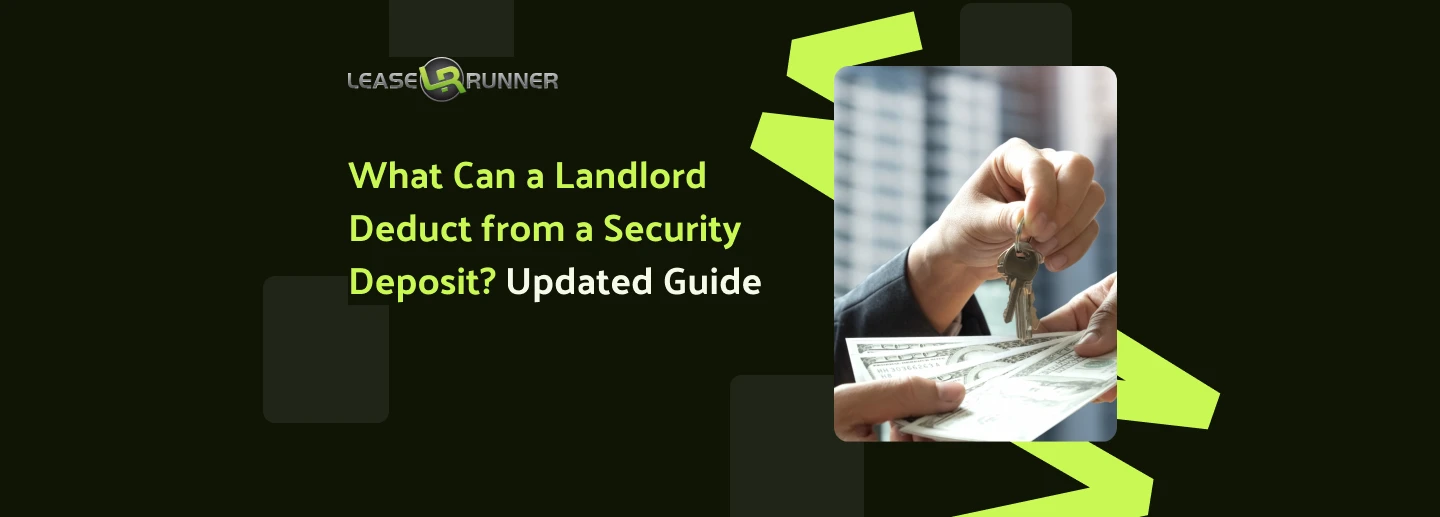-
Notify your existing tenants.
Before you start advertising the property, let your current tenants know that the unit is on the market. They may see some leasing traffic, and they should expect your calls to schedule showings.
-
Advertise your property at least 30 days ahead
TIP: The purpose of advertising sooner is to attract tenants who plan ahead, are organized, and would like to give their current landlord appropriate notice. Those are traits desirable to any landlord. They might be willing to sign a longer term lease because you know that they started their search early and your property is a better long term fit for them.
The advantage of advertising the property later is that it could attract tenants who are in a time-crunch and you may be able to name your own price. The downfall is that they still might be looking for a better fit of a home after they signed the lease for the minimum term you allowed.
-
Place the ad
There are many sites on which you can list your property for rent. With a tool like Postlets you can distribute your ad to multiple listing sites at once, including Craigslist. Make sure you post high quality pictures of every room, yard, and exterior. Pictures of nearby park may attract renters from out of state who don’t know that area. Keep in mind that everyone will look at the pictures first before reading your property description.
-
Make appointments for showings
When the phone starts ringing, you can start scheduling showings.
TIP: In a competitive market, try “prescreening” your tenants before you schedule the showing. Ask them questions based on your screening criteria. If they don’t qualify, you and the applicant save time by skipping the showing.
Screening criteria could be: income, length of employment, approximate credit score, pets, move-in date and length of the lease, etc. Make sure you don’t cross borders of the Fair Housing laws asking your questions.
-
Host the showing.
TIP: At the showing, collect names and email addresses from each applicant 18 years and older. You will need it to email them rental applications from LeaseRunner. There are two ways to go about showings:
1. Show the property to each party separately. This is a good way to get to know your applicants a little better and let your gut feeling do its work, too.
2. You can host an open house. This method will save you time but may feel impersonal to your applicants. Some applicants may find another property by the time your open house happens.
-
Email rental applications to the pre-qualified tenants
Email a rental application with tenant screening request to all applicants that pass your prescreening. Make sure to communicate the screening criteria to your tenants in writing. LeaseRunner allows the application fee to be paid directly by either the applicant or the landlord. Having the applicant pay for the screening fee helps to ensure that only serious applicants apply. Applicants are searching the market and collect applications from multiple properties and spend the application fee on those that they prefer.
TIP: If your property is approaching vacancy, do not waste any of your costly vacancy time to wait for one applicant to apply while others might have already signed your lease. Do not keep your property off the market for any applicant. Be firm on an application deadline to and stick to it.
-
Approve or decline tenants
The tenant screening reports, your gut feeling, and the communication you experienced during the screening process will all help you decide on your perfect tenant. Approving tenants is a much easier phone call, but if you have to decline any, we recommend sending them an Adverse Action Letter. Your tenants have a right to obtain a copy of their credit report within 60 days from the inquiry. The letter contains contact information how to get it. Or you can always download and email them a copy of it. Always follow fair housing laws when selecting tenants.
-
Prepare the lease
You want to get this one right. LeaseRunner does the leg work on landlord-tenant laws, so LeaseRunner's lease reflects your state's laws and is editable. We recommend you consult a licensed attorney in your state to address your specific legal needs. We recommend using a “Condition of the Premises Agreement” in order to allocate the cost of any damage that occurs during the lease.
-
Sign the lease and collect security deposit / first month’s rent
Try to collect the security deposit and possibly the first month’s rent as soon as you can after the lease signing. LeaseRunner can help you to get the funds transferred electronically via ACH. Both you and your tenant will get an emailed receipt as soon as the payment is made. Because an ACH transaction (electronic check) can still bounce, have your tenant make the payment at least 5 business days before you hand the keys over. You want to have good funds in your bank (not on the way) before you hand over the keys. Please note that it can take up to three business days for the tenant to get set up for ACH debits through LeaseRunner.
-
Hand over the keys
Do not hand the keys over unless you have the security deposit in your bank. If you used the "Condition of the Premises Agreement," the tenant will have about 48 hours from taking possession to report any issues with the property in order to not to be liable for any damage that was already done prior to move-in.
How to rent a house
LeaseRunner Team
Feb 26, 2025
5 min read







